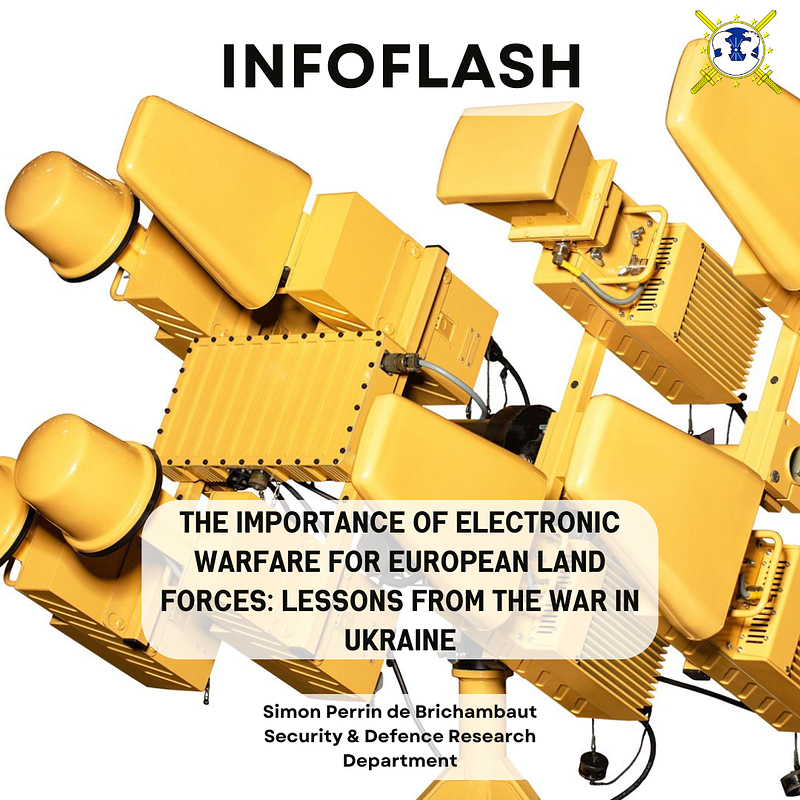Mercenaries Made in Europe? Exploring the Need for a European Regulatory Framework of Private Military Companies
This research paper examines the operations of European Private Military Companies (PMCs) and their implications for European security, both abroad and domestically. It discusses two case studies on European-based PMCs which were involved in an incident in the eastern Congolese city of Goma after Rwandan-backed rebels captured the town in January 2025. The study finds significant potential risks to European foreign policy and security interests arising from European military contractors’ collaboration with strategic contestants of Europe and their operational conduct in conflict areas. Additionally, it reveals how European PMCs operating in third countries can be linked to ventures that undermine security within Europe, as demonstrated in the case of Romania, highlighting the dangers posed by inadequate control mechanisms of European-based military contractors. The analysis concludes with policy recommendations for a unified European regulatory mechanism to oversee PMCs.





